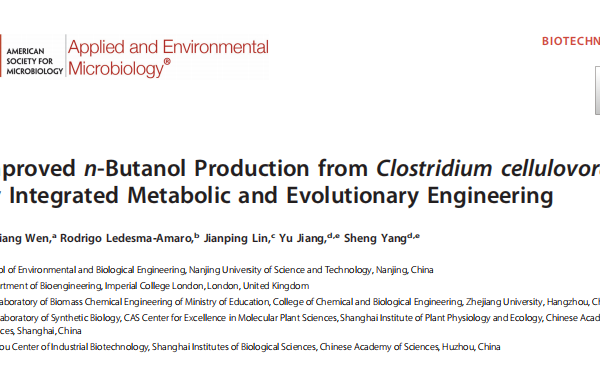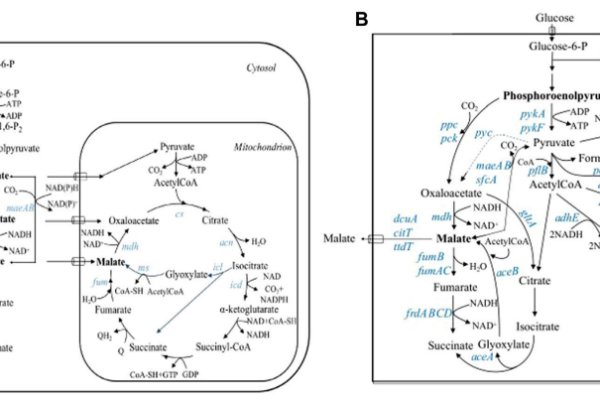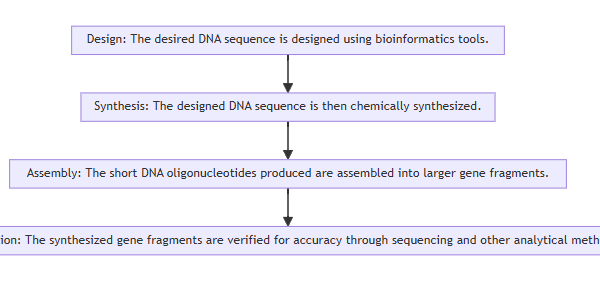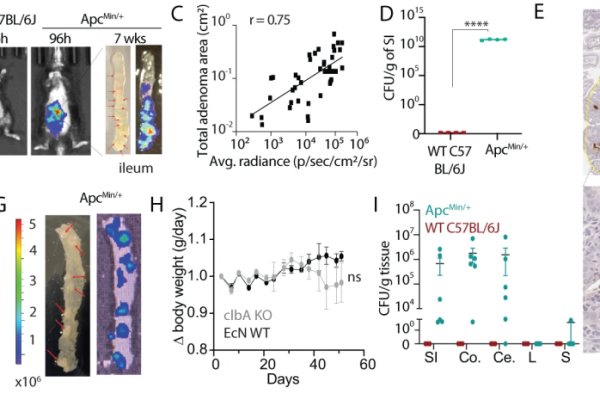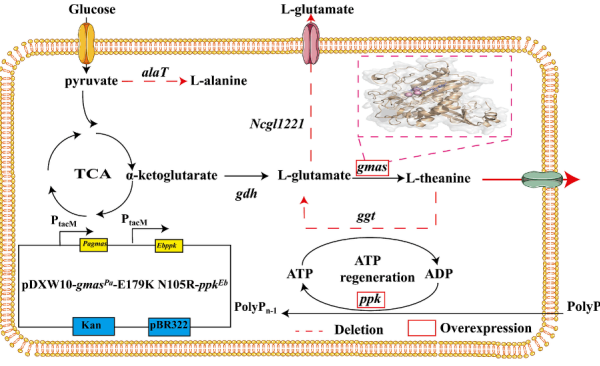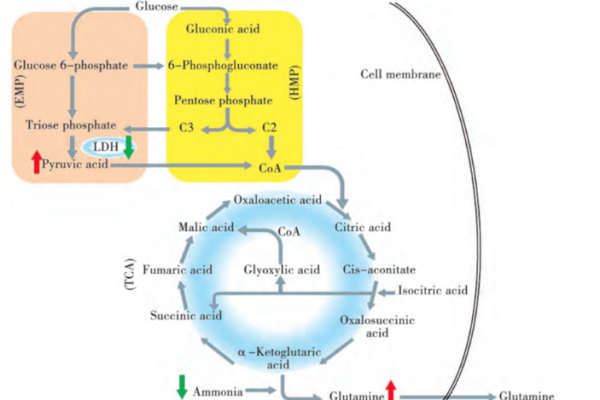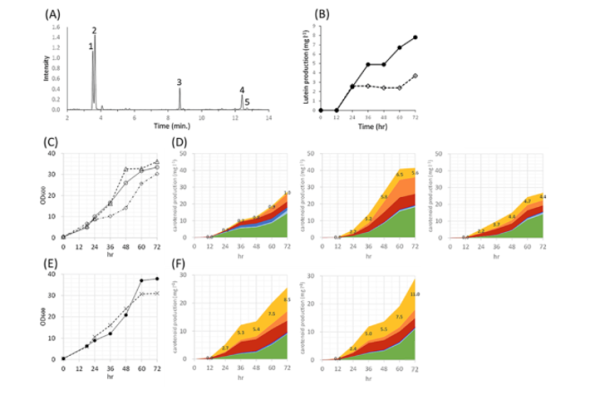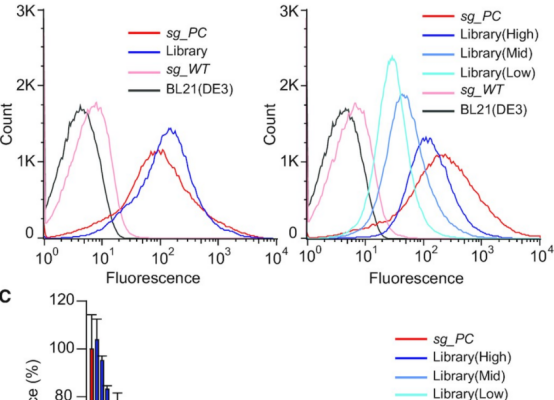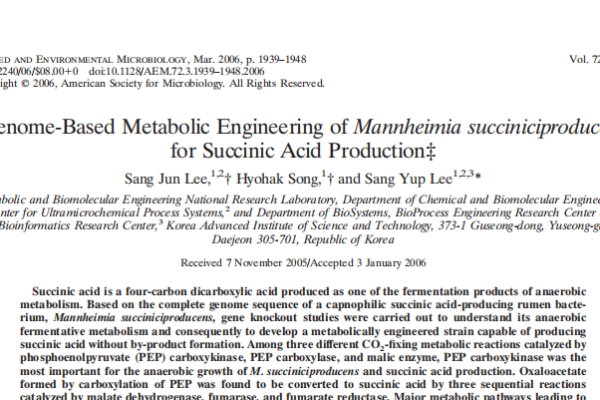
Insights from Literature: Mannheimia succiniciproducens metabolic engineering for succinic acid production
Succinic acid is a 4-carbon dicarboxylic acid. Not only a major intermediate in the TCA, it is also a major raw material in food, pharmaceutical and chemical production. Since the market for sustainable development is increasing, renewable energy for microbial fermentation of succinic acid is gaining traction in the industry. But old-school fermentation tends to be coupled with…






